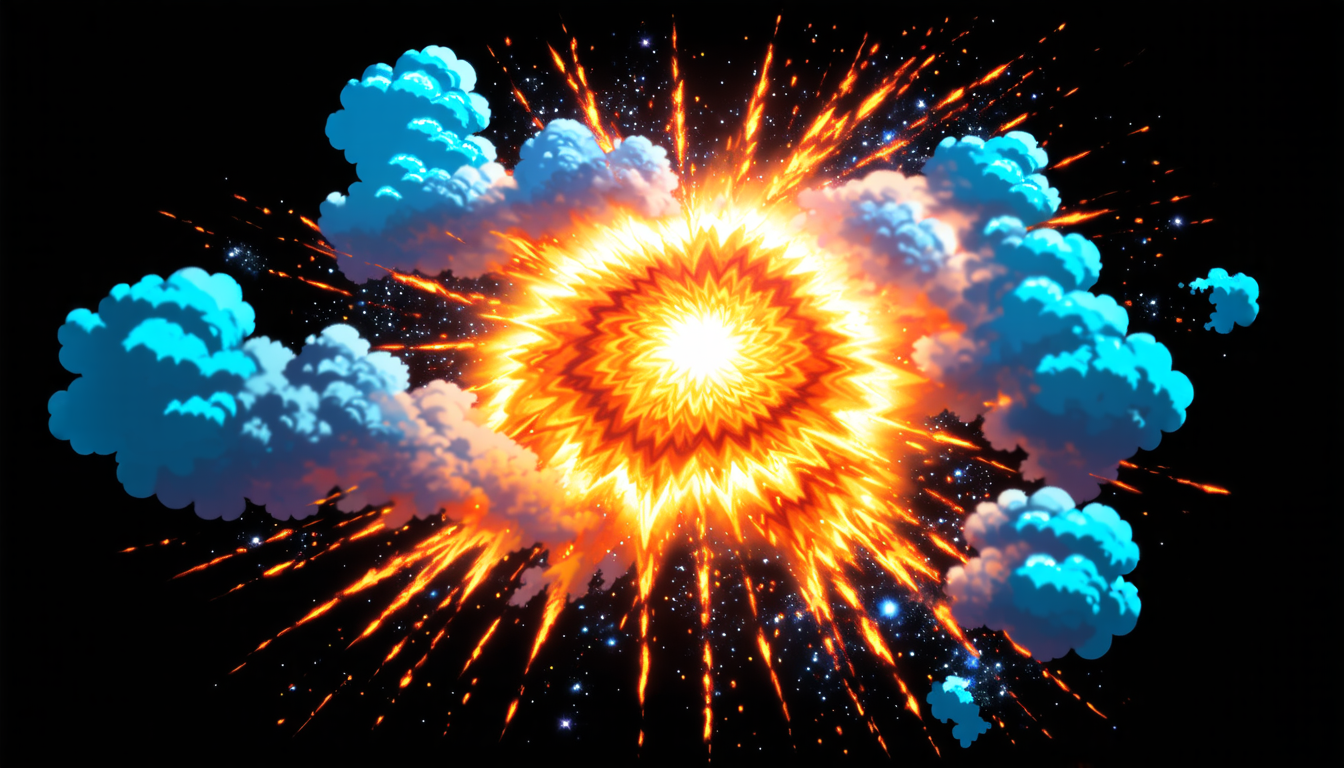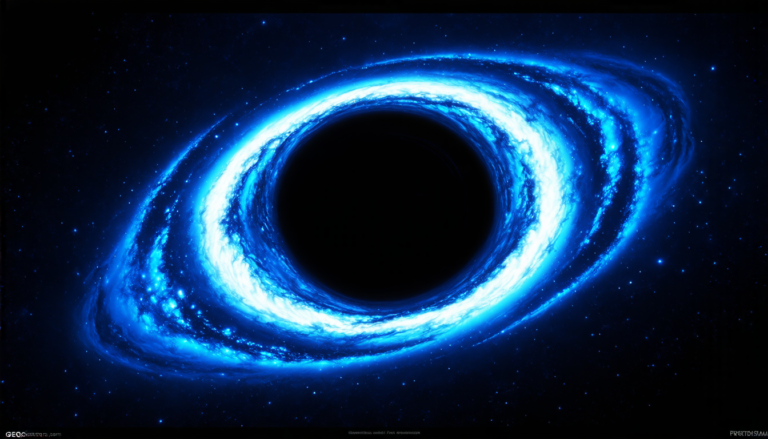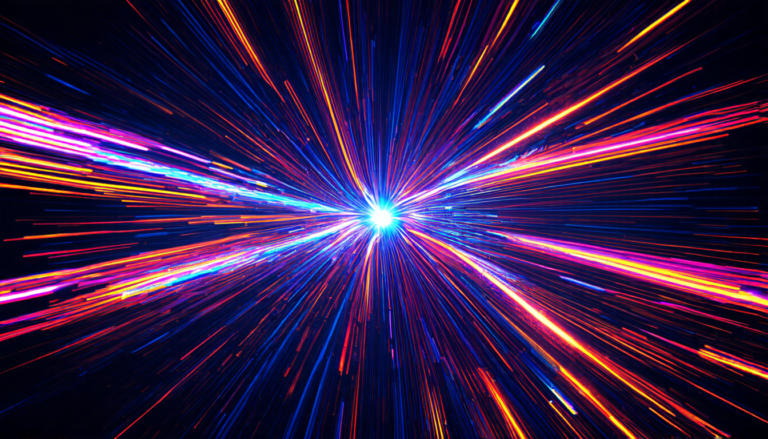Thursday 01 May 2025
In a recent study, scientists have made significant progress in understanding the complex processes that occur within massive stars as they approach their final moments before exploding as supernovae. By using advanced computer simulations and nuclear physics models, researchers were able to accurately predict the rates of electron capture reactions on various isotopes of vanadium, an essential step in modeling the late stages of these stars’ lives.
The research team employed a novel combination of techniques to tackle this problem. They used the proton-neutron quasiparticle random phase approximation (pn-QRPA) model to calculate the electron capture rates for 22 different isotopes of vanadium, ranging from A=43 to A=64. This approach allowed them to accurately account for the complex interplay between nuclear and electromagnetic interactions involved in these reactions.
The pn-QRPA model was compared to previous calculations performed using other models, such as the IPM (Indian Institute of Technology) and LSSM (Lancaster University) approaches. The results showed that the pn-QRPA model consistently produced higher rates for electron capture at high temperatures, with differences ranging from 1-2 orders of magnitude.
The implications of these findings are significant, as they will enable researchers to better understand the final stages of massive star evolution and the subsequent explosive events that occur when they collapse under their own gravity. By accurately modeling the electron capture reactions on vanadium isotopes, scientists can gain valuable insights into the complex processes that shape our universe.
The pn-QRPA model is not only useful for understanding supernovae but also has broader implications for nuclear physics and astrophysics. Its application to other areas of research could lead to new discoveries and a deeper understanding of the fundamental forces that govern our universe.
In addition to their theoretical work, the researchers also explored the potential applications of this technology in fields such as medicine and materials science. The ability to accurately predict electron capture rates could have significant implications for the development of new medical treatments and advanced materials.
Overall, this study represents an important milestone in our understanding of massive star evolution and the processes that govern the final moments before they explode as supernovae. By pushing the boundaries of nuclear physics modeling, scientists are one step closer to unlocking the secrets of the universe.
Cite this article: “Unveiling the Secrets of Massive Star Evolution: Accurate Modeling of Electron Capture Reactions”, The Science Archive, 2025.
Massive Stars, Supernovae, Electron Capture, Vanadium Isotopes, Nuclear Physics, Astrophysics, Pn-Qrpa Model, Ipm, Lssm, Computer Simulations, Nuclear Reactions







